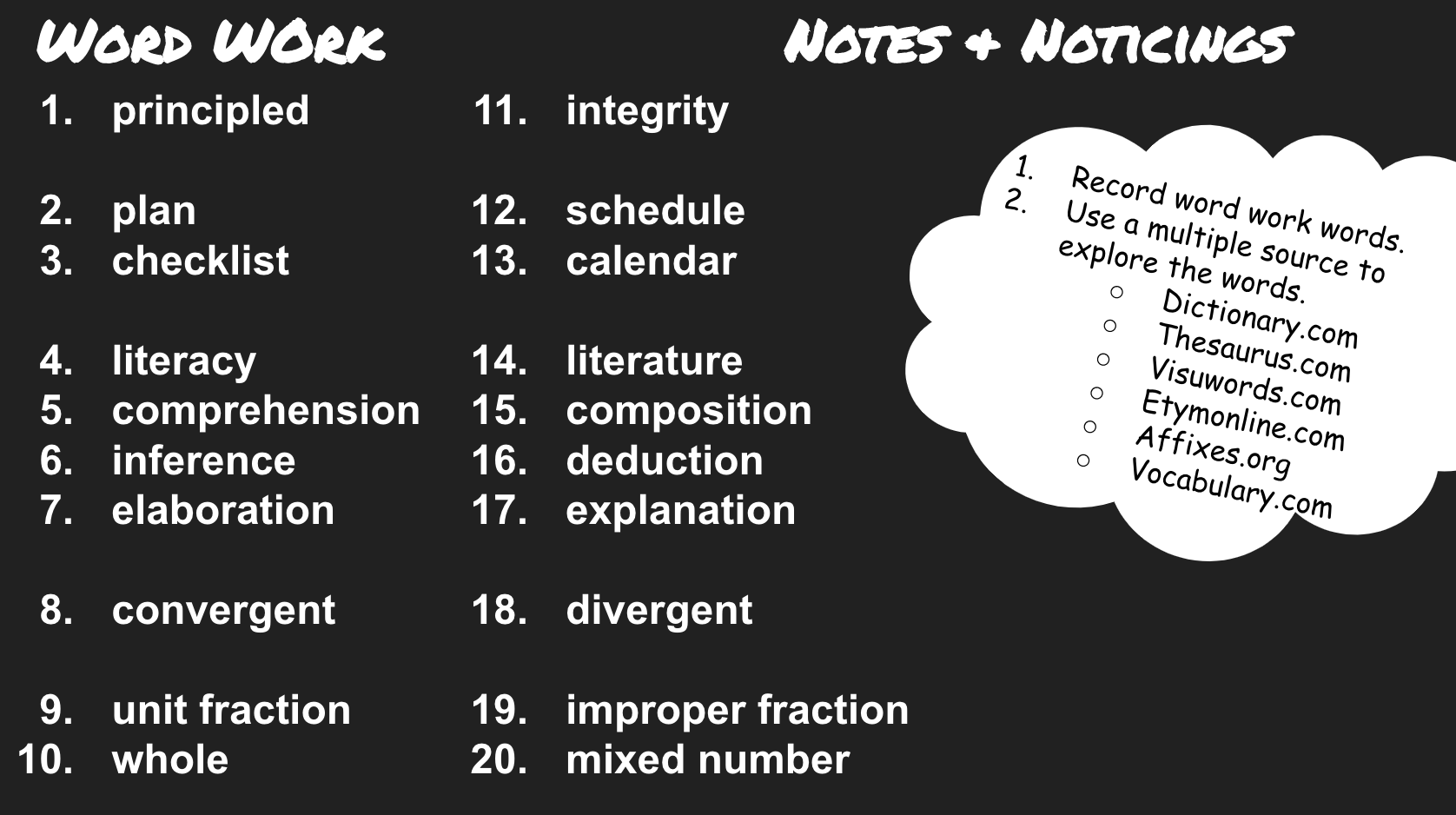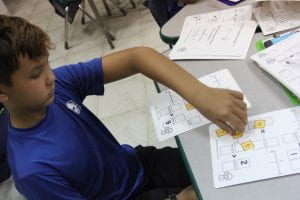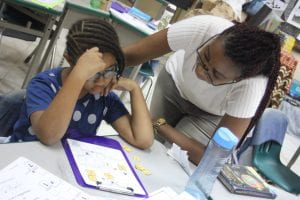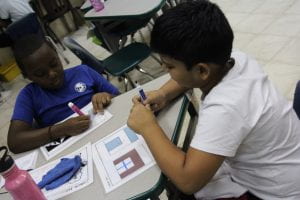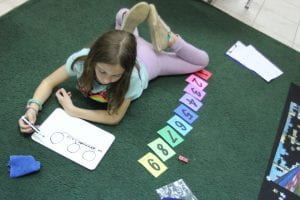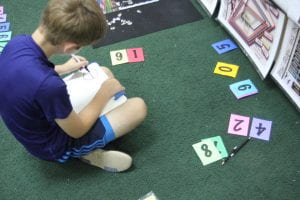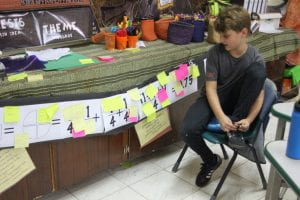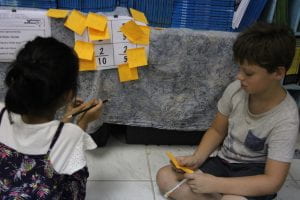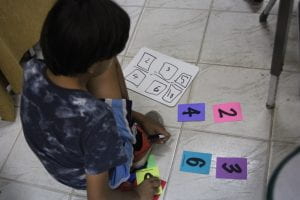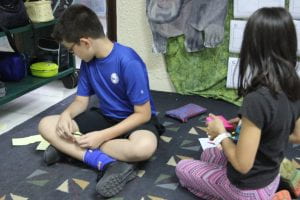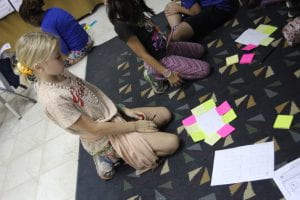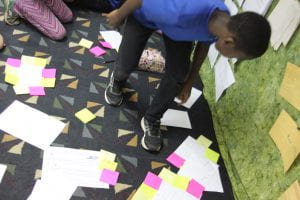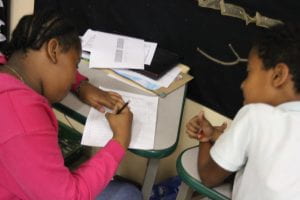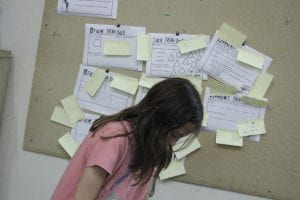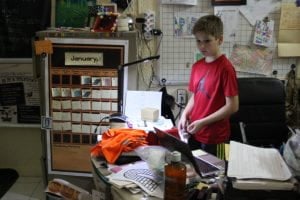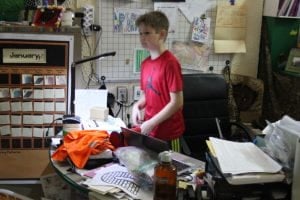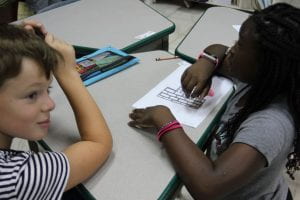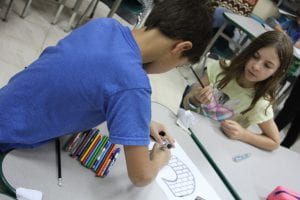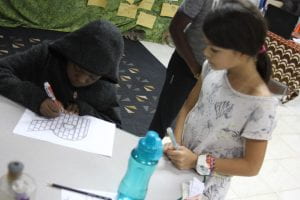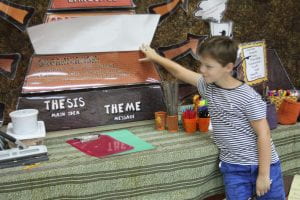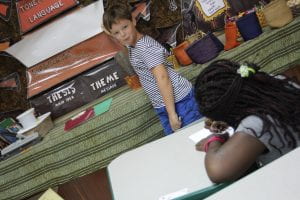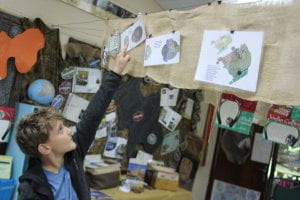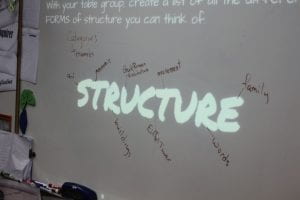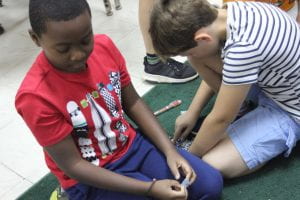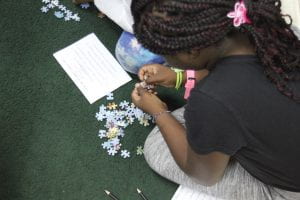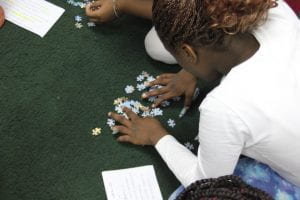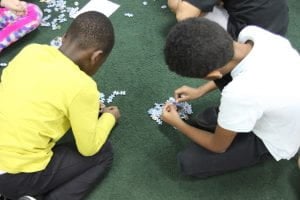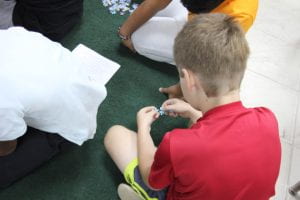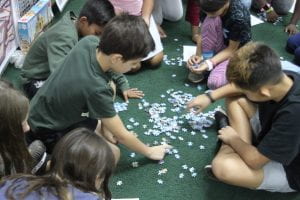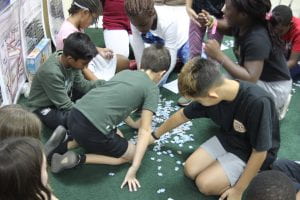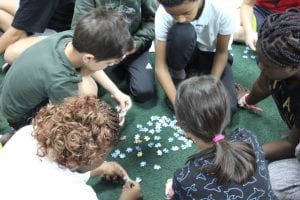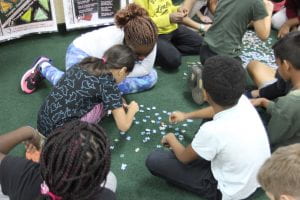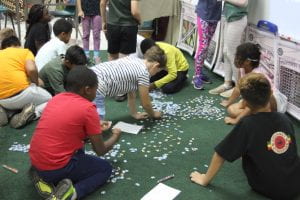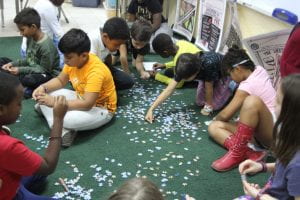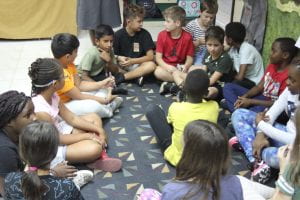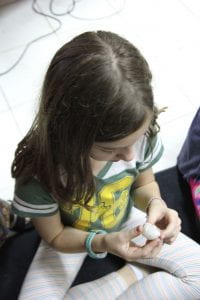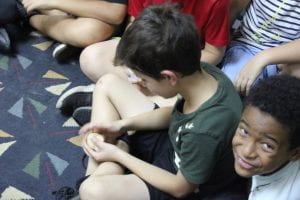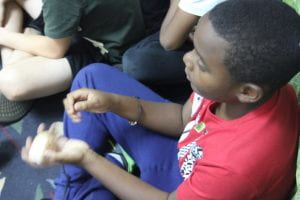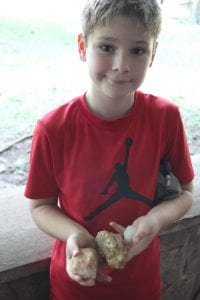Since our Who We Are: Problem Solvers unit is yearlong, we are always on the lookout for real life problem solvers. Today, they were out in full force, trying to find and diagnose a problem with… the power. Early this morning, long before students arrived, Papas Louis, Dennis, Medard, Axel, and Ricky were hard at work tracking down the trouble. With extreme efficiency, they tested the lines, turning lights on and off to isolate the missing link in the line. Before the bell rang, they found the fault in the server room and were able to find a temporary fix to ensure learning continued throughout the day.
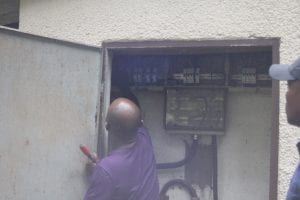
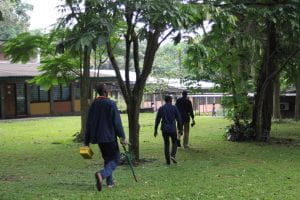
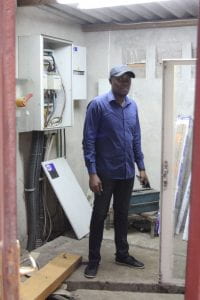
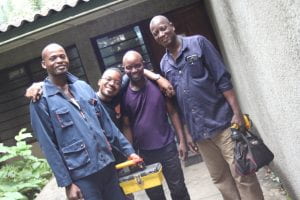
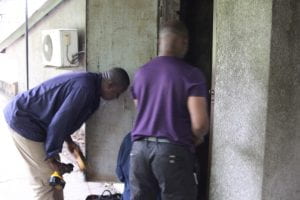
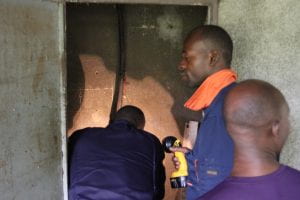
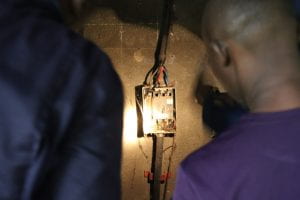
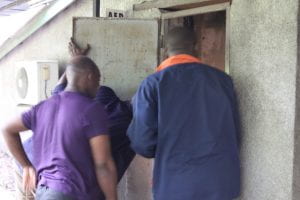
So grateful for our faithful atelier team who kept the lights on for learning today. Through purposeful probing, these patient and persistent #problemsolvers closed in on the culprit that cut off the current to our classrooms. Fault found! Fixed! Fabulous! @TASOKinshasa #TASOK pic.twitter.com/FUwcTQ49DP
— Leslee Rupp (@lesleerupp) January 30, 2020
Grateful the lights were on, we got into some serious problem solving of our own. With self-selected thinking buddies and an opinion writing checklist in hand, we sat down and shared our essays and evaluated ourselves in the areas of structure, development, and conventions. Using teacher, peer, and personal feedback, we proceeded to make adjustments to our writing. Development or elaboration seemed to be the most common area in need to revision.
We also continued our work with fraction decomposition, looking at home to represent fractions as sums of unit fractions and sums of fractions.

